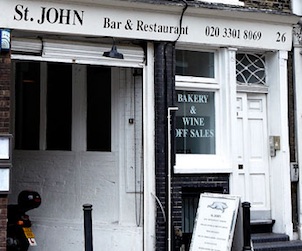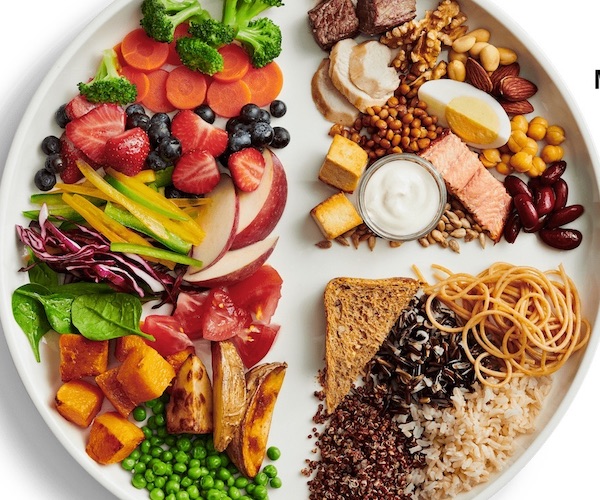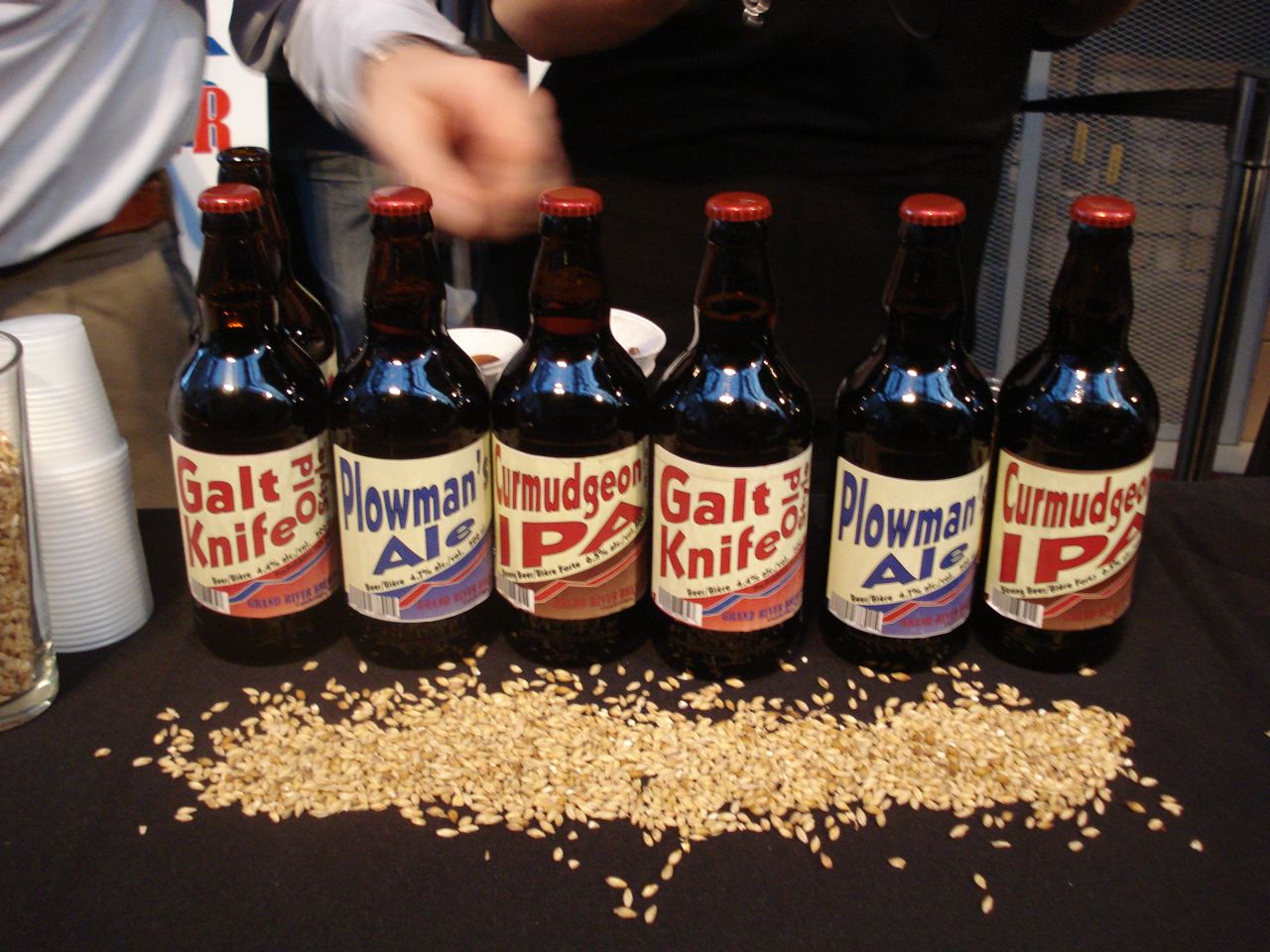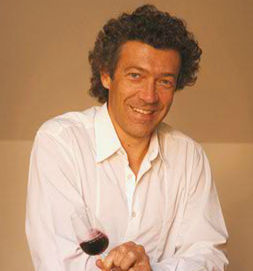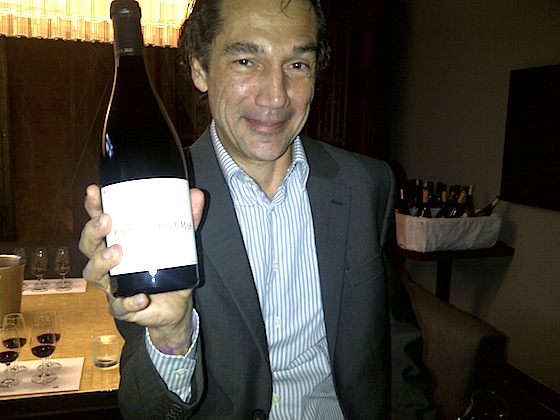
Jean-Paul Mas is at the forefront of a new wave of winemakers that is transforming France’s Languedoc wine region. His family has been growing grapes since 1892 when his great grandfather purchased a nine-hectare vineyard near the village of Motagnac. His father sent him abroad to learn about wine, but his interests diverted him to jobs in marketing and supplying motor oil for Formula One racing cars. Returning to France in 1990 after time spent in the US and UK, he refocused on wine, completing a degree in winemaking and started to make wines in the mid-1990s. In 2000, he started the Domaines Paul Mas winery, buying out his brother from the family business in the process.
For years the Languedoc was known as a wine region in southern France where high yields and low quality wines prevailed, but this is no longer the case. Jean-Paul thinks its potential is just beginning to be realized, as the Languedoc’s patchwork of different soil types and climates makes it ideal for growing vines. A hot and sunny climate, given its proximity to the Mediterranean coast, is tempered by three winds –the strong, cool and dry Mistral wind from the northeast, a southerly wind bringing humidity from the Mediterranean Sea and a third from the southwest.
Jean-Paul has invested heavily in the business, expanding from 35 hectares inherited from his father in the 1980s to 360 hectares today on five estates throughout the Languedoc. This, in addition to the 1,000 hectares he controls under contract, makes Domaines Paul Mas one of the largest wineries in the Languedoc at 1.5 million cases per year. Jean-Paul has been able to buy 15-25 hectares each year based on soil types, but thinks the window of opportunity is short as land prices are on the rise. Roughly 75% of the Languedoc region is still owned by co-operatives, who are increasingly facing bankruptcy. He blames this on a combination of regional politics and what he labels a somewhat fashion-driven approach to winemaking (some 50 different varietals are grown in the Languedoc). The co-operatives have stretched out payments as much as three years to grape growers, who in turn have been forced to sell their land. But pension funds seeking alternative investments have begun to buy up property and are driving prices up for all vineyards, regardless of quality.
Jean-Paul has embraced organic and sustainable viticulture and strives to reflect the diversity of terroir in his wines. The high quality across his full spectrum of 90 wines reflects this. His aim is to make approachable wines, with a particular focus on a price point equivalent to $15-$18 in the Ontario market. ‘Arrogant Frog’ is perhaps his most widely recognized brand.
He was in Toronto recently to conduct a tasting at Wood’s Restaurant, hosted by agent Authentic Wine and Spirits Merchants. This included a vertical tasting of his Bordeaux-style Paul Mas Estate Cabernet Sauvignon Merlot and Rhone-style Chateau Paul Mas Clos des Mures wines. The blend and vinification technique for these two styles of wine does not vary from vintage to vintage
TASTING NOTES
2010 Domaine Paul Mas Estate Cabernet Sauvignon Merlot (13.5%) This Bordeaux line is a blend of 56% Cabernet Sauvignon and 44% Merlot, aged for 7 months in predominantly American and 20% French oak. Dark plum coloured, its dense palate of red berries and cassis is underpinned by mushroom and earthy notes.
![]()
2011 Domaine Paul Mas Estate Cabernet Sauvignon Merlot (V293134;13.5%;$14.95) is a more fruit forward vintage than the 2010. This deep purple coloured medium bodied wine has vanilla and sweet spice underpinning plum and red forest berry flavours. This well priced wine is the only Paul Mas wine currently available in Vintages.
![]()
2012 Domaine Paul Mas Estate Cabernet Sauvignon Merlot (14%) is slightly higher in alcohol content than the previous two vintages. Well balanced, its lush red plum and currant flavours interplay with red licorice and cedar nuances with a touch of smoke in the finish.
![]()
2009 Chateau Paul Mas Clos des Mures (13.8%) This Rhone-style line is a blend of 85% Syrah, 10% Grenache and 5% Mourvedre varietals. 40% of the blend was fermented in oak and the wine was aged for 10 months in a mix of new and aged French and American oak. 2009 was the coolest vintage of the three sampled. Light cherry coloured, it delivers the typical Rhone style flavours of black berry and black currant. Mocha, cedar and earthy notes come through in this elegant wine.
![]()
2010 Chateau Paul Mas Clos des Mures (14%) is from a warmer vintage than the 2009, evident from its more fruit forward characteristics. Full bodied, this opaque wine has juicy black fruit flavours, with more complexity of mocha, cocoa, spice and toast than the 2009 version.
![]()
2011 Chateau Paul Mas Clos des Mures (14.5%) is deeper plum in colour. It has a juicy, palate of black currants and blackberries, with hints of dark chocolate and spice. A dense wine, with a good tannic structure, it has good cellaring potential.
![]()
All ratings out of five apples.
Margot Ritchie is a Toronto-based journalist, whose articles focus on wine and culinary trends. A member of the Wine Writers’ Circle since 1997, she has travelled throughout many of the major wine growing regions of Europe and North America.



